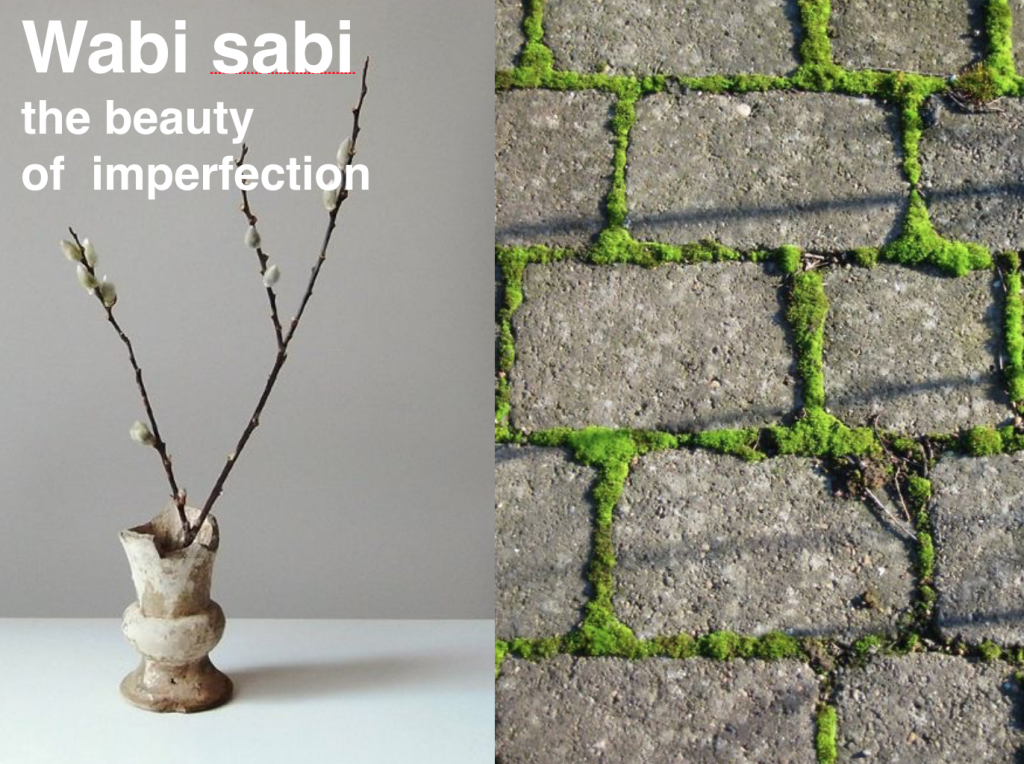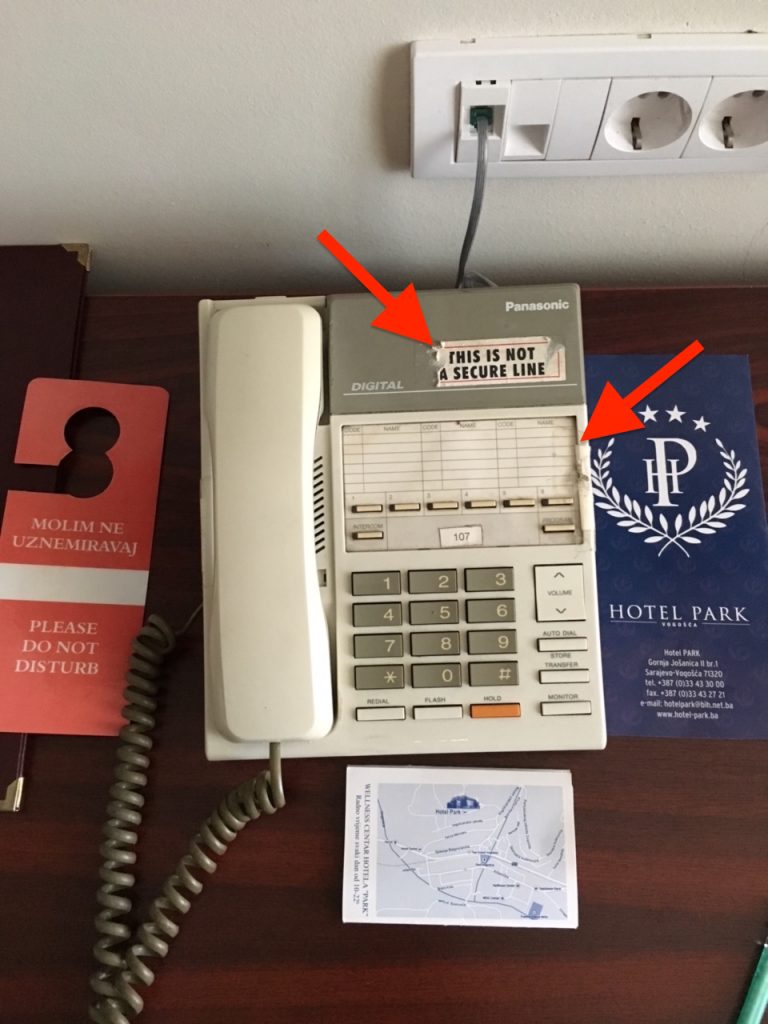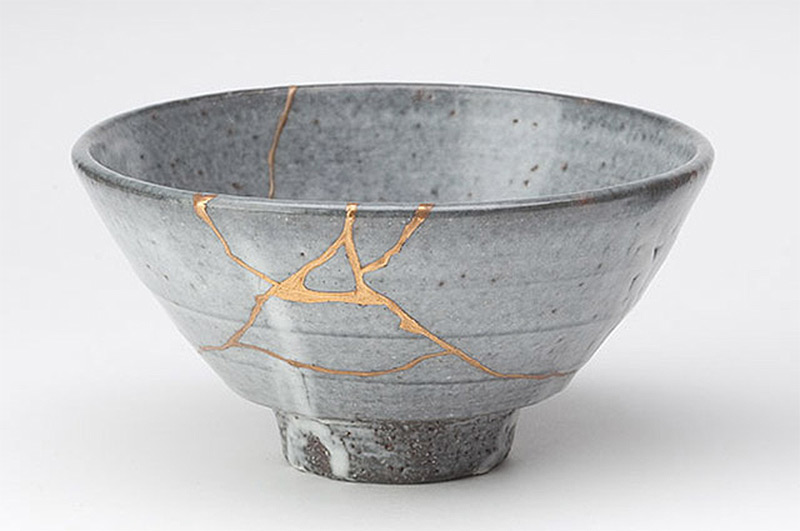Wabi sabi is a Japanese art and philosophy of imperfection. Wabi sabi will free you from perfectionism. Research suggests that (most) people feel more comfortable and relax in slightly imperfect environments that may look a bit old, worn out or even shabby. The irregularity and to some extent fractality makes us feel more relaxed and gives us permission to be ok with imperfection and transience of things.
Research also suggests that slightly messy environments foster creativity and ingenuity (Alexander Fleming got his idea for penicillin because he had a messy lab). Wabi sabi to some extent encourages and embraces a creative mess and clutter (which some feng shui schools demonise). It is also in line with 80/20 rule (Pareto Principle) which states that 20% of effort should get you 80% of desired results. In short, don’t sweat the small stuff (if it’s unnecessary).
Many shops and workplaces now utilise wabi-sabi in their environments to encourage creativity, relaxation, embracing the rustic themes and actually to save money on unnecessary redecoration.
And another example of wabi-sabi below
Wabi sabi links to another 500-year-old Japanese art of kintsugi or “golden joinery,” where instead of tossing old and broken pieces of pottery and ceramics, artists restore them with a lacquer that is mixed with gold, silver, or platinum. More examples of kintsugi
Read about other Japanese lifestyle concepts are forest bathing / shinrin-yoku, kanso and danshari – another Japanese concept for decluttering
Niksen
Niksen, although it sounds Japanese, is actually a Dutch concept of simply doing nothing, being idle with no agenda, no purpose – just fiddling around or pottering around aimlessly. In a way, it is related to wabi sabi because of the non-doing aspect. In wabi sabi we let nature or time do the job. And if it looks a bit messy or unfinished, the better. Niksen, has nothing to do with mindfulness when in mindfulness the purpose is to let go of your thoughts and be present. Niksen has no purpose at all. The World Health Organisation (WHO) has now recognised burnout as an occupational hazard or phenomenon which is caused by chronic workplace stress. Niksen is the solution. Although niksen sounds easy – you just need to be aimless but actually, it requires consciously letting go of perfectionism (wabi sabi is anti-perfectionism) and need to be productive and achieve something all the time. Niksen is similar to the Icelandic concept of petta reddast.
Examples of instinctive niksen are: staring outside the window, going for a walk without any particular route in mind, sunbathing or just listening to random music. Dutch score high on the contentment scale and are on the fifth place in the UN’s World Happiness Report (the UK ranked 15th) with teens ranking among the highest in the world for life satisfaction. When you put niksen into practice, you definitely will have to slow done – there is nothing to do. Start with a short session of niksen, just look outside the window for 2-5 minutes. Or just have a 12-20 minutes nap. Research and common wisdom suggest that when you’re idle for a while it will ultimately make your more creative and productive. Also, your decision-making will improve as the Dutch social psychologist professor Ap Dijksterhuis of Radboud Unversity in Nijmegane suggests. So, if you already work smart – resting smart and employing niksen is a wise and smart move to the next level of a happy life.




